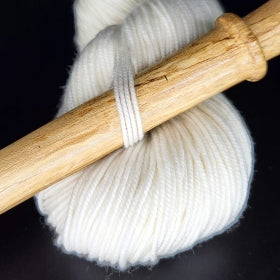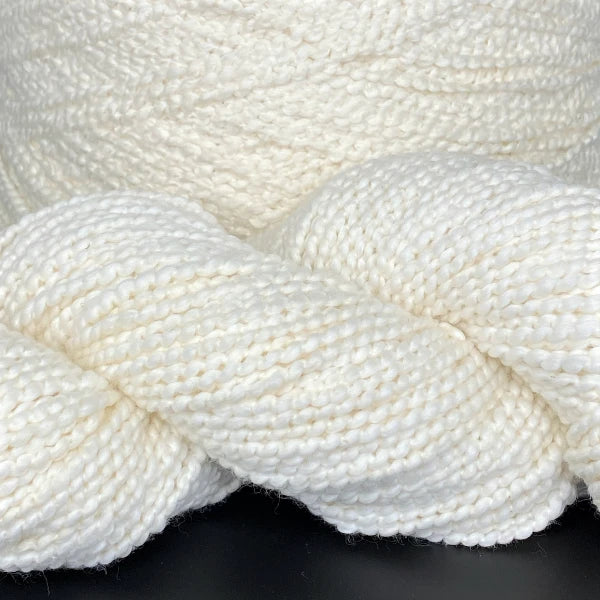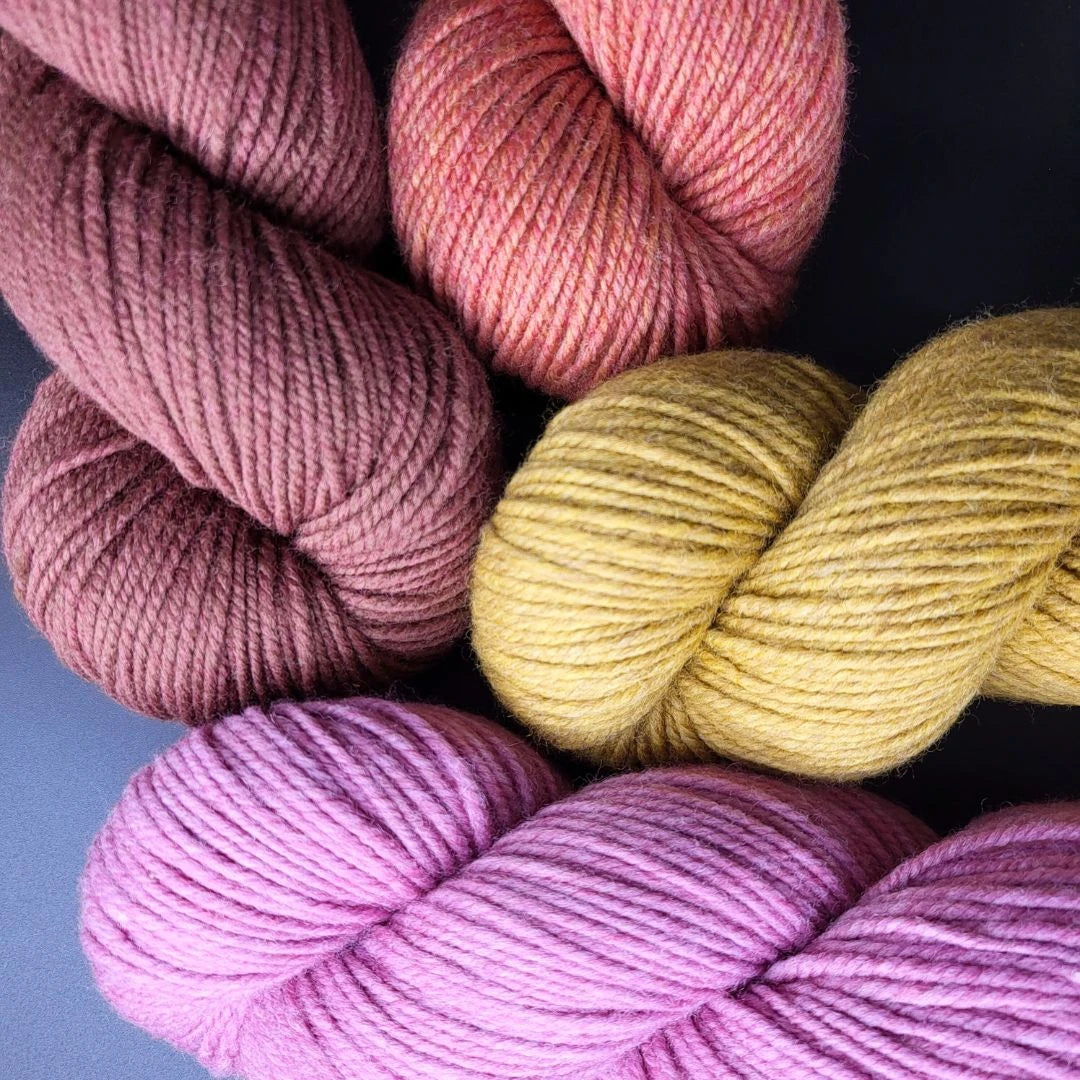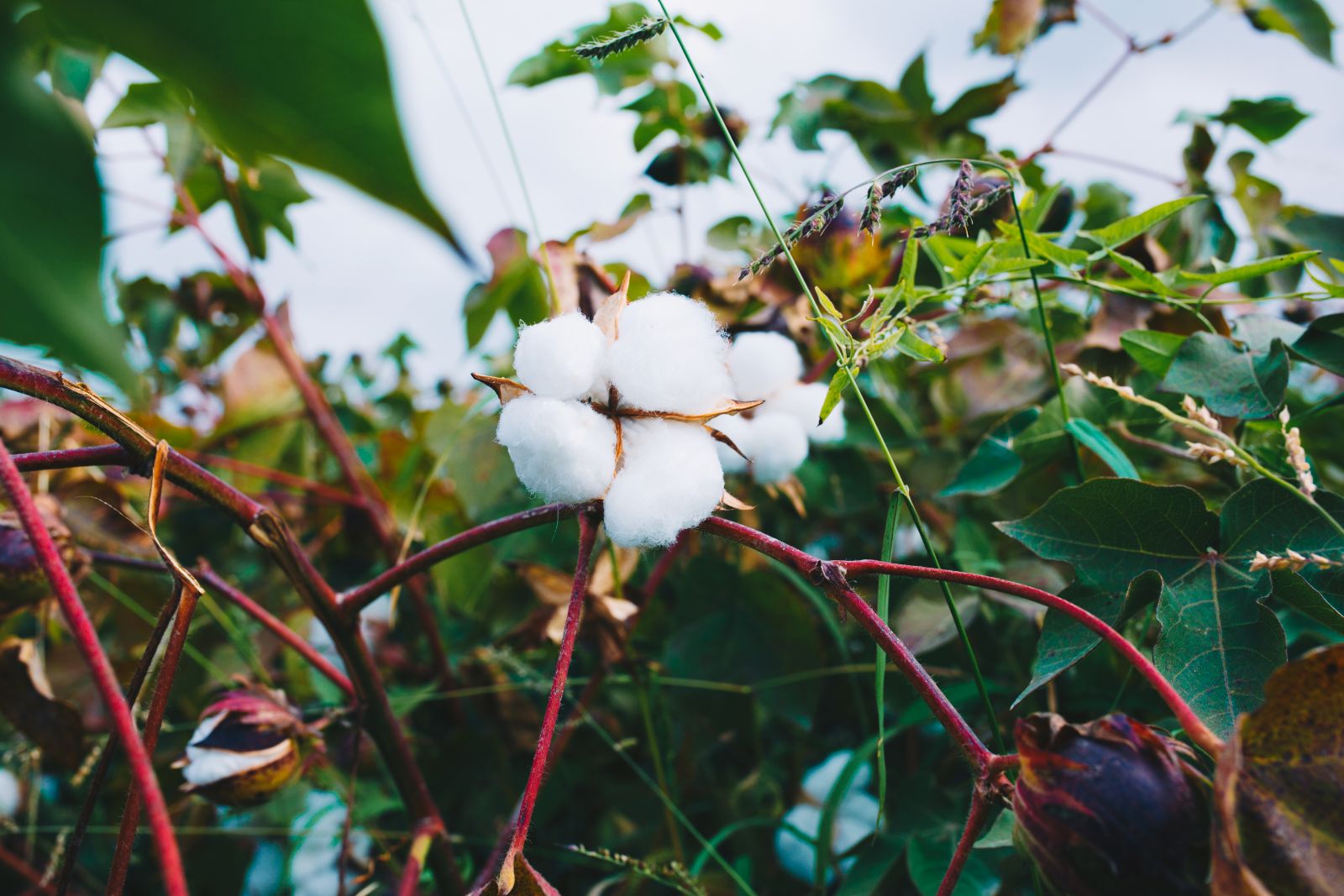The natural world offers a variety of fiber materials that are suitable for creating textiles. Have you ever wondered where do natural fibers come from? Or why do we use specific types of natural fibers in certain cases? If so, you’ve come to the right place. We’re going to help you learn all about six of the most popular natural fibers out there.
Source of Natural Fibers
Natural fibers come from mineral, plant- or animal-based sources versus materials that are man-made using chemical compounds. Each natural fiber has properties that make them ideal for various applications. Some natural fibers are known for strength, durability, and flexibility, while others are known for softness, breathability, or insulation.
Types of Natural Fibers
Artists and crafters looking for natural fiber yarns have access to a range of options in today’s market. Here‘s some background on six of the most popular natural fibers:
Cotton
Cotton is one of the most widely used natural fibers on the planet. It comes from the cotton plant, a shrub native to tropical and subtropical regions. Its abundance and versatility may explain why humans have used cotton since prehistoric times. The fiber is spun into yarn or thread and used to make soft, breathable, and durable textiles, perfect for clothing, housewares, industrial fabrics, and more.
Flax
Flax is a flowering plant known as Linum usitatissimum. It has been cultivated as a food and fiber crop for centuries in temperate regions. Textiles made from flax are known as linen. Flax is soft, lustrous, and flexible. That’s why linen is comfortable to wear. Flax fiber is also great at absorbing humidity and is very breathable, making it ideal for warmer temperatures.
Hemp
Hemp is a class of Cannabis sativa grown specifically for industrial or medicinal use. Hemp fiber has been used extensively throughout history to make items like rope, fabrics, and industrial materials. Like bamboo, hemp is one of the fastest-growing plants on Earth, which makes it highly sustainable. Pure hemp has a texture similar to linen, and it's both breathable and insulating, making it appropriate for clothing, shoes, housewares, and more.
Sheep’s Wool
Wool fibers come from the hair of sheep, which is typically shorn from the animal during the springtime. The fibers are naturally crimped, which helps to provide insulation and elasticity. It has been used for centuries to make clothing, blankets, carpets, and more. Wool fibers are not only water resistant, but they also retain heat. That’s why wool is so warm and cozy on a cold winter day.
Silk
The best-known silk fiber is extracted from the cocoons of the larvae of the mulberry silkworm. Beyond its beautiful lustrous appearance, silk has some pretty impressive performance properties. It’s hypoallergenic, anti-microbial and the fibers are extremely strong. Silk is considered to be one of the strongest natural fibers on Earth—even stronger than Kevlar used for making bulletproof vests.
Alpaca, Llama, & Angora (Rabbit)
Fibers obtained from these animals are also referred to as “wool”. The wool is shorn from the animals at various points throughout the year, and then it is spun into yarn. The fibers from these animals are known to be soft, warm, and lightweight, making them an excellent choice for clothing, blankets, and other textiles.
Natural Fibers & Yarns From Meridan Mill House
Meridian Mill House offers an impressive range of natural fiber yarns to designers, artists, and crafters throughout the U.S. Explore the possibilities online or reach out to let us know what else you’d like to see in our shop.







